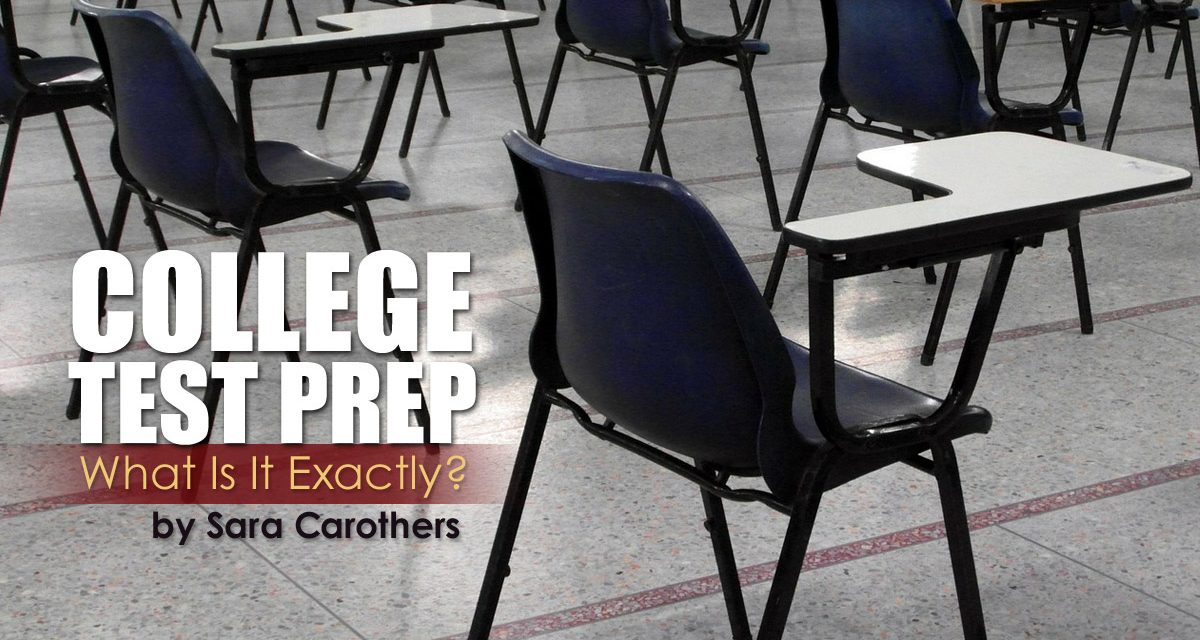It’s the time of year when we planners start to think about preparing our students for standardized tests. April is often when high school students take the ACT or SAT exam. Being one to not wait to the last minute, January becomes the time to think about test prep.
Can we just say what test prep isn’t? It is not studying the exact questions on the test. Content is important, especially on the ACT/SAT tests, but the current format for these emphasizes how someone can problem solve, deduce, and infer as much as it has to do with a person’s knowledge of a subject.
So what is the best test prep? One word: practice.
Local community colleges will often have an ACT/SAT Prep class open to high school students. These are great, especially for a first-time, high-stakes test taker. An experienced instructor will work with your student but will almost always begin with a practice test. It gives them a direction in which to focus your content study. Where are their weaknesses? If they are starting early, they will have time to learn or re-learn these areas for the exam.
Students can take practice tests at home. There are lots of helpful test prep practice products. For college test practice, some books have 3 or 5 practice tests. They can take a practice test as a diagnostic tool and will learn several things on this first go. One is the content they need to work on over the next several weeks, but there are more valuable lessons to learn. They’ll also learn how long it takes them to read and answer the questions. Pacing is a huge part of test preparation. HUGE. Running out of time because they spent too much time on a particular section can result in a lower score, and not because they didn’t know their stuff! What a shame that would be!
Another killer of test scores is test anxiety. Students can fail the test in your head long before they down to a computer. Taking a practice test reduces anxiety by familiarizing them with the format. Fear of the unknown and the high stakes associated with these exams can create such a level of anxiety that even the best students can bomb a test. Their score doesn’t reflect their ability at all.
The goal of test prep is to get the truest, most accurate reading one can from the exam itself. Become familiar with the testing format; learn to pace themselves as to not run out of time; relearn the content as needed–all of which comes from taking a few practice tests.
They should take the first one going in cold. Right now. Just see how they would do if they took the exam tomorrow. Then, take the time to help them learn some pacing strategies. These often have to do with getting familiar with the way questions are asked and interpreting what they are asking. Help them brush up on content whether it is the algebra they did a couple of years ago and have forgotten, or the vocabulary words that threw them for a loop.
Now, have them take another test. Was it better? Now that they have two tests under their belt, anxiety should be less of a factor. Their timing should be worked out and they can focus on content even more. They should spend a couple weeks on this and then take one more practice test. Three tests is a good number to make most students feel confident going into the real deal.
Most college-bound high school students will take the ACT or SAT at least twice. It is recommended that you do the writing portion at least once. Do your homework. Help them plan ahead. Nothing makes them feel more relaxed than feeling prepared for a big day. Encourage them to get a good night’s sleep and then give it their best knowing that they are as ready as they can be!
College Prep & Test Prep Resources:





